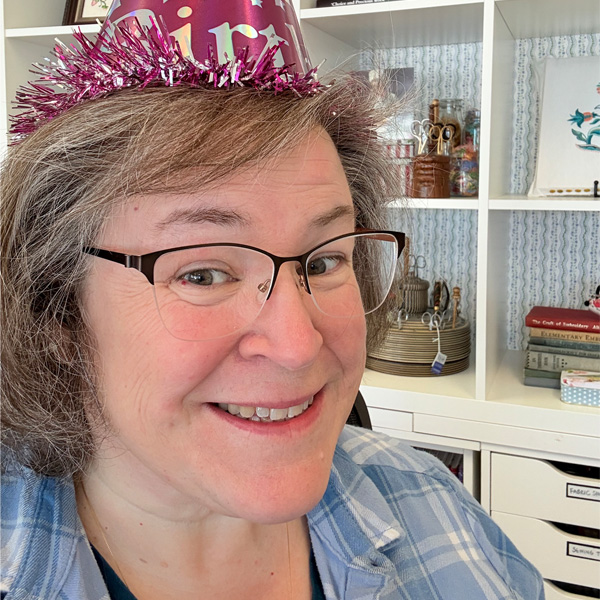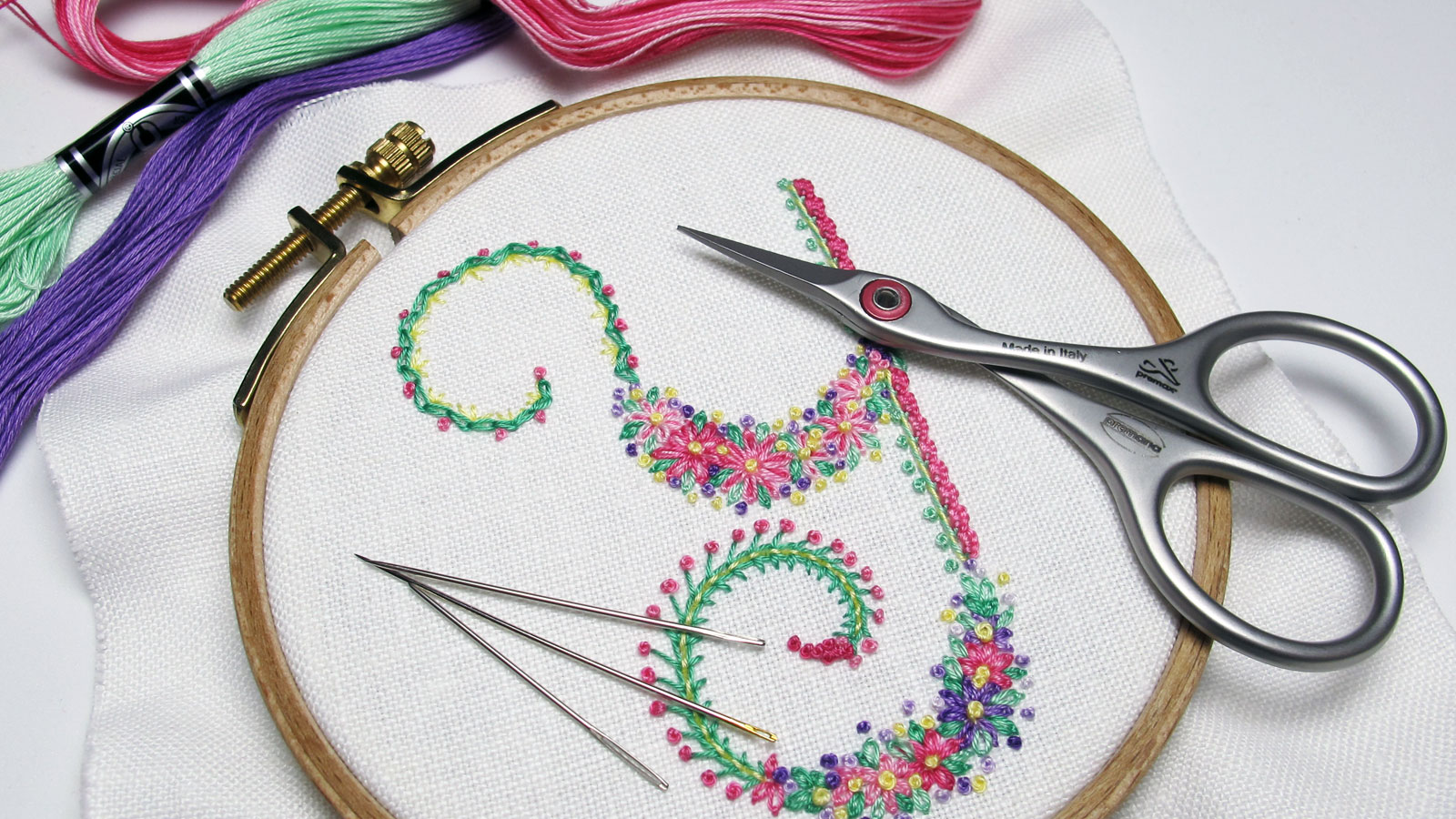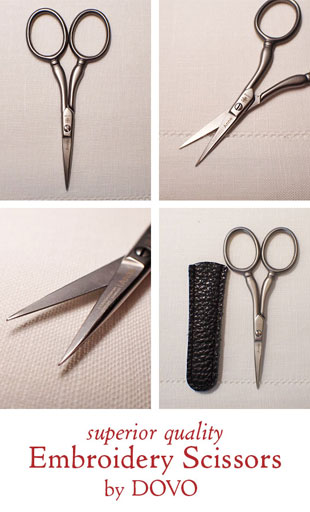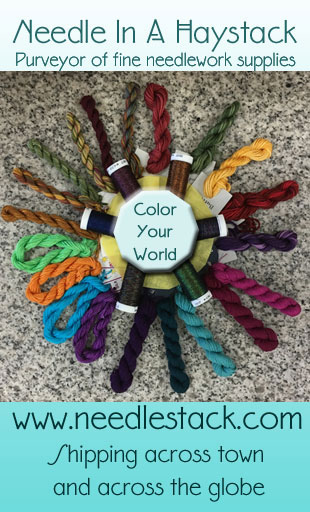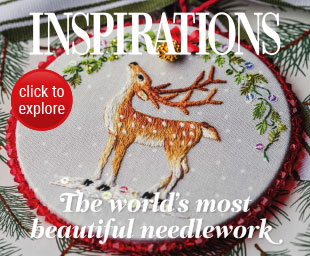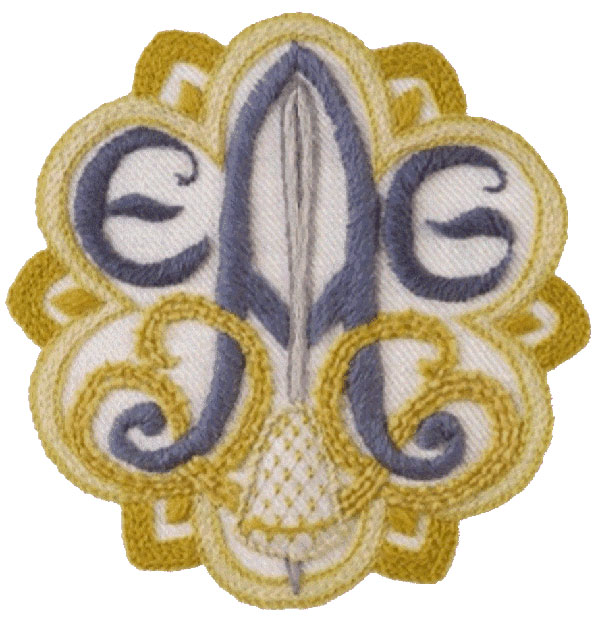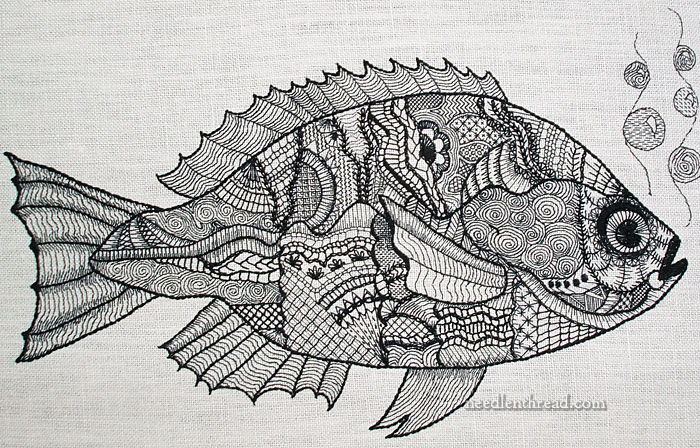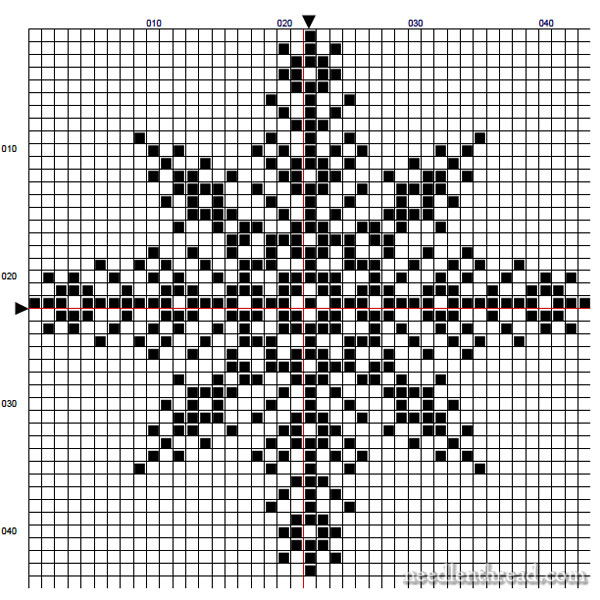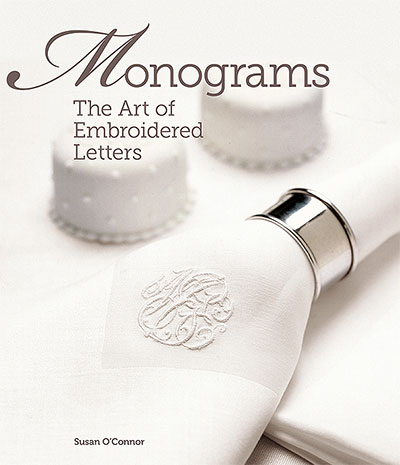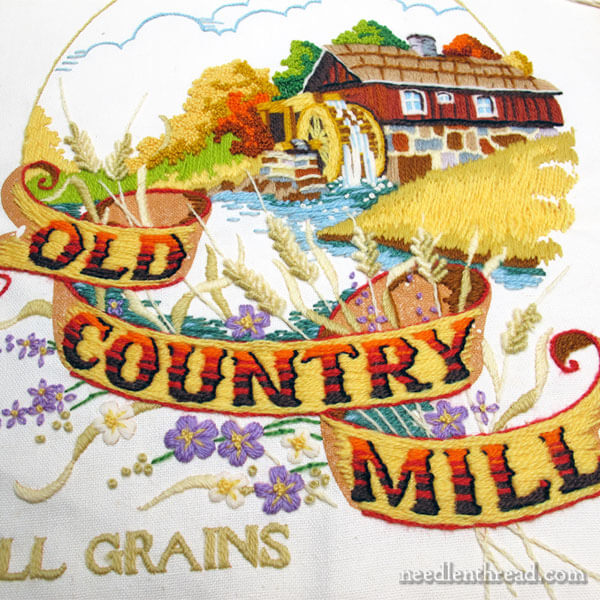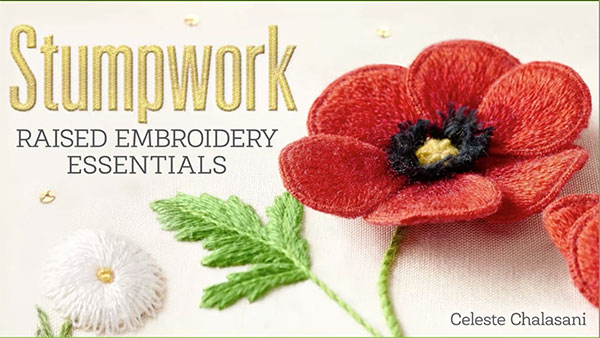November 21, 2015
Needlework News Snips – November, 2015
A happy Saturday to you all!
This is a pre-published article on Needle ‘n Thread, and just a reminder that I’m not available for email or for comment moderation on the website until next week some time. (Details here, if you want them.)
Here in the Northern Hemisphere, winter is steadily approaching. And what could be better on a nippy-cold morning, than to fix your favorite hot beverage – ahhhhh, like a nice steamy cup of cocoa! – and go for a bit of a browse?
To help you indulge in a leisurely morning, here’s a list of embroidery-related articles I’ve come across lately, that are either inspiring, informative, fun, or … enticing!


